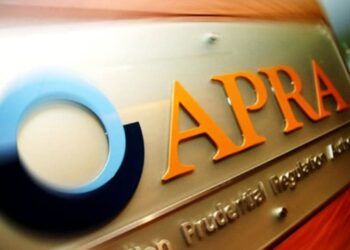The Government’s proposal to streamline the process of claiming tax deductions on the cost of total and permanent disability (TPD) provided through superannuation has been met with conditional approval.
In a consultation paper, the Government outlined its aim to reduce the need for super funds to incur the cost of engaging an actuary to determine how much of their TPD premium is deductable.
Rather, the default deductible portion of premiums for various TPD policies would be specified in the regulations so that funds could rely on these rather than outsource to an actuary. Although, those funds that wish to continue using actuarial certification were free to do so.
A joint submission by the Australian Institute of Superannuation Trustees (AIST), the Industry Super Network (ISN) and IFS Insurance Broking (IFSIB) said that while the groups agreed with the sentiment of the regulations, the details needed work.
In particular, the submission found that due to the varying definitions used by the superannuation and insurance industries for TPD insurance, a general set of definitions would need more work.
It also found the default percentages that would be used to determine how much a super fund could claim were not in line with industry expectations.
“The quoted percentages must be set at a level that will provide funds with confidence that by adopting the prescribed percentages they will get a similar or better result to that which they would anticipate could be derived from seeking their own actuarial certification,” the submission stated.
On top of this, the submission suggested the cost to superannuation funds in the form of administration, communication and changes in insurance offerings would be inconsistent with the aims of Superstream and MySuper.




